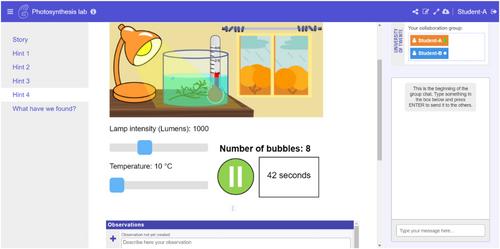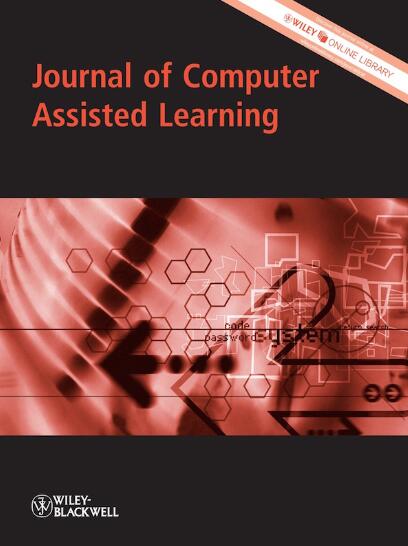A learning analytics-based collaborative conversational agent to foster productive dialogue in inquiry learning
Abstract
Background
Sustaining productive student–student dialogue in online collaborative inquiry learning is challenging, and teacher support is limited when needed in multiple groups simultaneously. Collaborative conversational agents (CCAs) have been used in the past to support student dialogue. Yet, research is needed to reveal the characteristics and effectiveness of such agents.
Objectives
To investigate the extent to which our analytics-based Collaborative Learning Agent for Interactive Reasoning (Clair) can improve the productivity of student dialogue, we assessed both the levels at which students shared thoughts, listened to each other, deepened reasoning, and engaged with peer's reasoning, as well as their perceived productivity in terms of their learning community, accurate knowledge, and rigorous thinking.
Method
In two separate studies, 19 and 27 dyads of secondary school students from Brazil and the Netherlands, respectively, participated in digital inquiry-based science lessons. The dyads were assigned to two conditions: with Clair present (treatment) or absent (control) in the chat. Sequential pattern mining of chat logs and the student's responses to a questionnaire were used to evaluate Clair's impact.
Results
Analysis revealed that in both studies, Clair's presence resulted in dyads sharing their thoughts at a higher frequency compared to dyads that did not have Clair. Additionally, in the Netherlands' study, Clair's presence led to a higher frequency of students engaging with each other's reasoning. No differences were observed in students' perceived productivity.
Conclusion
This work deepens our understanding of how CCAs impact student dialogue and illustrates the importance of a multidimensional perspective in analysing the role of CCAs in guiding student dialogue.


 求助内容:
求助内容: 应助结果提醒方式:
应助结果提醒方式:


